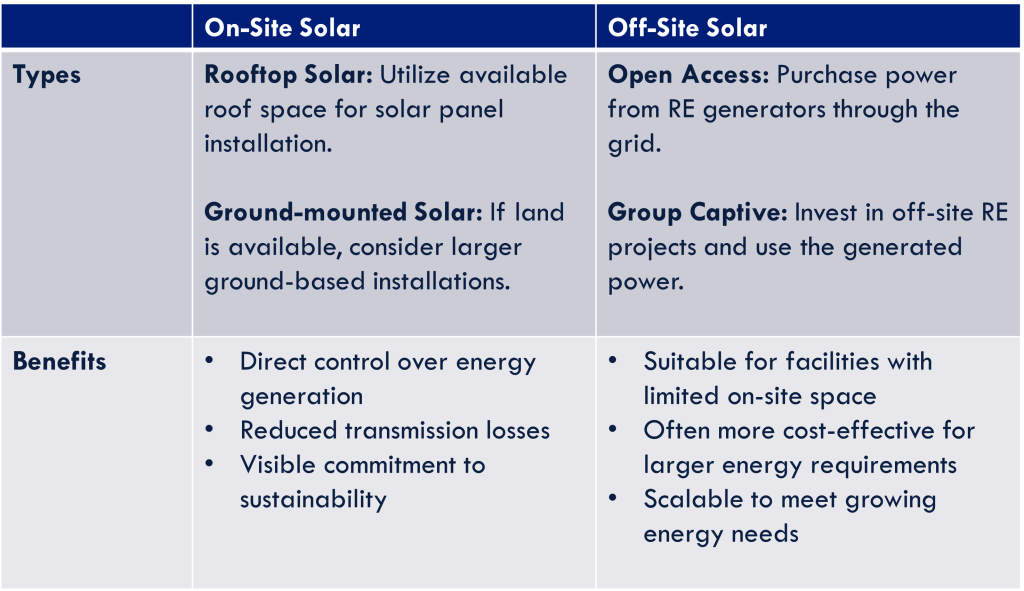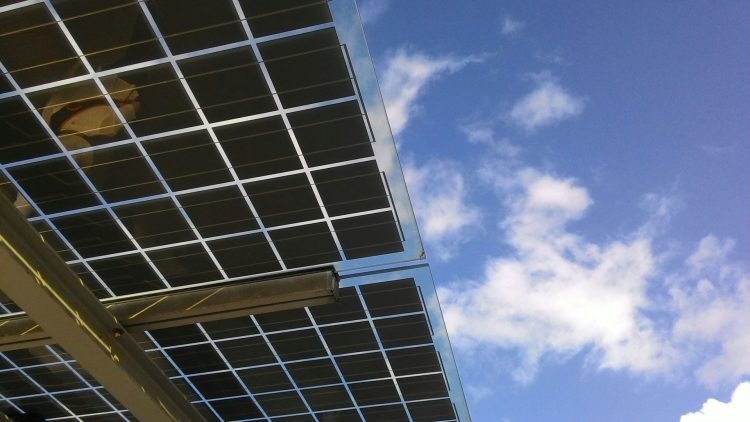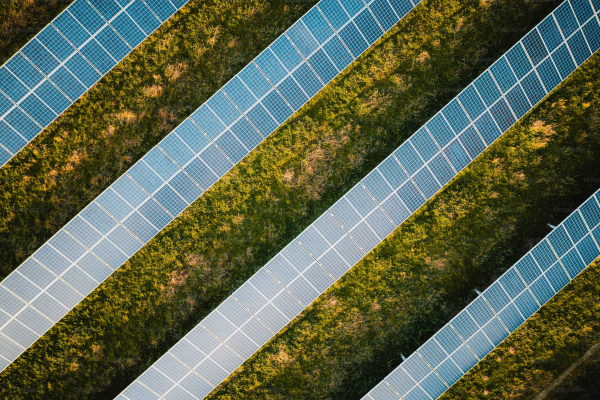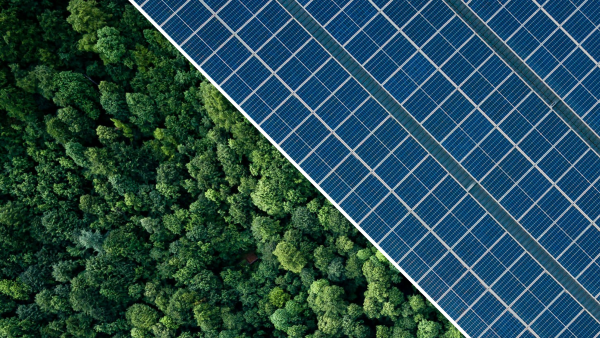In the heart of India’s bustling economy, the textile industry stands as a titan of tradition and innovation. the textile and apparel sector contributes approximately 2% to India’s GDP and 15% to the country’s export earnings. This industry is also one of the largest sources of employment in India, providing direct employment to over 45 million people and indirect employment to another 60 million people. However, as global markets shift and environmental concerns mount, micro, small, and medium enterprises (MSMEs) in this sector face a critical juncture. The transition to renewable energy (RE) presents not just a challenge, but a transformative opportunity. This guide illuminates the path for textile MSMEs to navigate the renewable energy landscape, offering insights into why this shift is crucial, how to implement it effectively, and the hurdles to overcome along the way.
Why Transition to Renewable Energy?
The imperative for textile MSMEs to embrace renewable energy is driven by several key factors:
Cost Reduction: Energy costs can account for up to 25% of operational expenses in textile manufacturing. The adoption of renewable energy sources offers significant savings potential, with industry-wide estimates suggesting annual savings of nearly Rs 770 crore.
Price Stability: Unlike the volatile prices of fossil fuels, renewable energy costs are more predictable over time. This stability allows for better long-term financial planning and risk management.
Environmental Impact: The textile industry is a significant contributor to carbon emissions. Recent studies indicate that over 80% of overall emissions for fashion and apparel brands come from their supply chains (Scope 3 emissions). By transitioning to renewable energy, MSMEs can substantially reduce their carbon footprint, playing a crucial role in industry-wide sustainability efforts.
Regulatory Compliance: As environmental regulations tighten globally, adopting renewable energy positions businesses for future compliance, avoiding potential penalties and restrictions.
Market Advantage: Certifications such as OKEO TEX Made in Green, Bluesign, and GOTS are becoming increasingly influential in the market. These certifications consider energy sources, and adopting renewable energy can enhance brand value, potentially commanding premium prices for sustainably produced textiles.
Energy Security: Renewable energy reduces dependence on grid electricity, mitigating the impact of power outages and ensuring more consistent production capabilities.
How to Transition to Renewable Energy
The journey to renewable energy adoption involves several key steps:
Assessment and Planning
- Conduct a comprehensive energy audit to understand your current consumption patterns.
- Identify suitable RE sources based on your location and energy needs (solar, wind, biomass, etc.).
- Develop a phased implementation plan with clear, achievable goals.
Choosing the Right RE Model
For many textile MSMEs, solar energy emerges as a frontrunner due to its scalability and India’s abundant sunlight. The choice between on-site and off-site solar solutions depends on your facility’s characteristics and energy demands.

Financial Considerations
Implementing RE requires careful financial planning. While the initial capital investment can be substantial, various options can make the transition more manageable:
- Explore financing options such as loans, grants, and power purchase agreements (PPAs).
- Analyse the long-term cost savings versus initial investment.
- Consider tax incentives and depreciation benefits for RE investments.
Implementation Strategies
- Start with pilot projects to gain experience and demonstrate benefits within your organization.
- Gradually scale up RE capacity as you become more comfortable with the technology.
- Invest in staff training for new systems and energy management practices.
Monitoring and Optimization
- Implement robust energy consumption tracking systems.
- Continuously optimize energy use in production processes.
- Regularly review and adjust your RE strategy based on performance data.
Overcoming Challenges in RE Transition
While the benefits are clear, MSMEs in the textile sector face several challenges in adopting RE:
High Initial Capital Investment: The upfront costs of RE systems can be daunting for smaller businesses.
Solution: Explore innovative financing models like PPAs or leasing arrangements.
Technical Expertise Gap: Many MSMEs lack the in-house knowledge to implement and maintain RE systems.
Solution: Partner with experienced RE service providers or consultants.
Complex Policy Landscape: Navigating RE regulations and policies can be overwhelming.
Solution: Stay informed through industry associations and seek expert guidance.
Limited Awareness of RE Procurement Models: Many businesses are unfamiliar with various RE options and how to proceed.
Solution: Educate yourself and your team about different RE models and their applicability to your business.
Grid Integration Challenges: Intermittency of RE sources and grid stability issues can be concerns.
Solution: Consider hybrid systems or energy storage solutions to ensure consistent power supply.
Conclusion
The transition to renewable energy represents a pivotal moment for India’s textile MSMEs. It’s an opportunity to reduce costs, enhance sustainability credentials, and position your business at the forefront of a changing industry landscape. As global markets increasingly prioritise sustainable production, embracing renewable energy is not just an environmental imperative but a strategic business decision.
If you are a textiles business looking to transition to renewable energy or want to understand if RE is the right way to go for your business, reach out to us at contact@neufin.co



